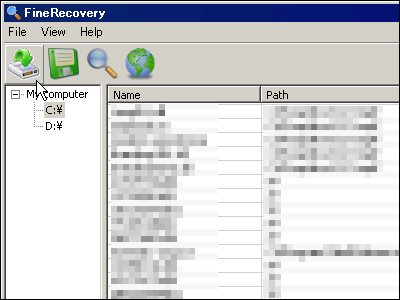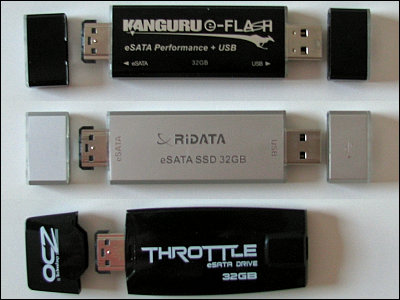What is the '3-2-1 backup rule' that prevents you from losing important data in an unforeseen situation?

In recent years, the amount and importance of data handled in business and personal life has been increasing at an accelerating rate, and the loss of data due to natural disasters or man-made disasters can have a fatal effect on various things. Technology expert Kevin Saltow said that people back up according to the ' 3-2-1 Backup Rule
What is the 3-2-1 backup rule?
https://www.veeam.com/blog/321-backup-rule.html
The 3-2-1 Backup Rule – Why Your Data Will Always Survive --VMWARE BLOG
https://www.vmwareblog.org/3-2-1-backup-rule-data-will-always-survive/
The reason for backing up your data is that you can restore your data from the backup in the event of any problems. Today's hardware and software are undoubtedly fragile, and data is becoming more important to businesses and individuals, so always keep in mind the risk of 'unforeseen events and data loss.' Saltou points out that he needs to live.
Also, even if you say 'data is lost' in one word, there are various possible causes. Backups need to be able to handle all possible hardware disasters, malicious person destruction of physical devices, data loss due to malware infections, and loss due to mere mistakes.
“Backup redundancy” is important in dealing with various data loss scenarios. If the data is backed up by only one method, the backup data may be lost for the same reason as the device where the original data exists. The '3-2-1 Backup Rule' advocated by Veeam is a backup method that emphasizes backup redundancy.

'3-2-1 Backup rule' is as follows.
◆ 1: 3 copies
Since the '3-2-1 Backup Rule' is a method that emphasizes redundancy, first make three copies of the original data. Veeam recommends that you first make a 'first copy' from the original data and then make the remaining two copies based on this copy.
◆ 2: Two types of media
If all three copies you make are stored on the same storage media, you may lose all copies if the media on that hard disk is corrupted. Therefore, in the '3-2-1 Backup Rule', the media for storing copies is divided into two or more, such as 'Server and USB drive', 'Server and SD card', and 'Server and NAS'. This allows you to recover from a copy left on the other media if something goes wrong with one of the media.
◆ 3: Keep one copy in a remote location
It is recommended that one of the three copies be kept physically away from your office or home. You can store the SD card that stores the data in another office, store the copy on a server far from the office, store it in an external data center using the cloud storage service, etc. It is necessary to keep a reasonable distance. As a result, even if one point is devastated by a disaster, data can be restored from a copy stored in a remote location.

Finally, Saltow said, 'A serious mistake in data protection is to misestimate the potential. Certainly, there may be little chance of an earthquake destroying all your backup data, but of the data. The cost of loss is high, so it's wise to be prepared for alien invasion. The 3-2-1 Backup Rule is a way to keep your data safe even in such situations. ! '.
Related Posts:







